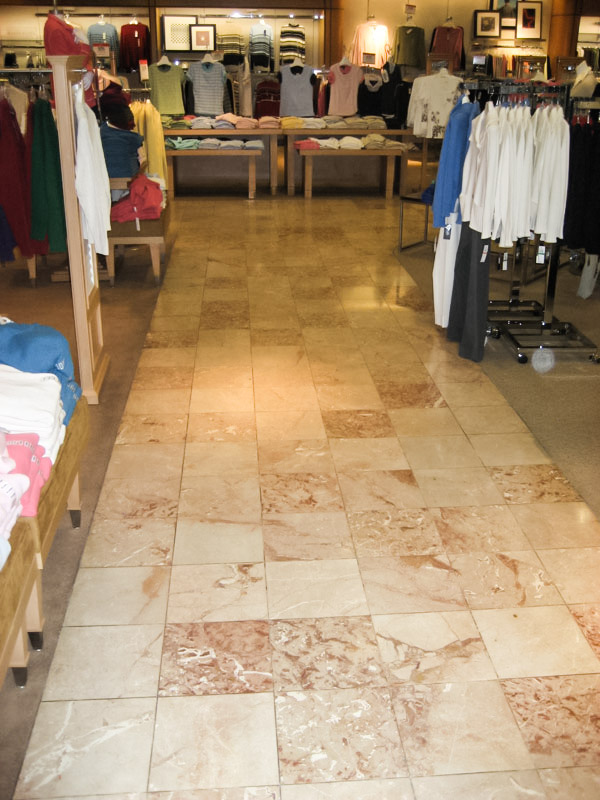
If you're thinking of buying tiles, you'll find this link to a list of questions to ask before purchase very useful. It'll ensure you've all the relevant information to hand, and are able to select the best tiles for your purpose.
But if you're just looking for more general information on wall and floor tiles, then you'll find what you need below:If you're thinking of buying tiles, you'll find this link to a list of questions to ask before purchase very useful. It'll ensure you've all the relevant information to hand, and are able to select the best tiles for your purpose. But if you're just looking for more general information on wall and floor tiles, then you'll find what you need below:
1. Why Should I Use Tiles?
Practicality:Ceramic tiles are a versatile and down-to-earth home improvement technology. They’re easy to maintain, and help provide a water-proof barrier to your bathroom walls.
Durability: Do it once; do it right. Archaeologists have uncovered glazed tiles originally laid around 1,500BC. It proves that if you choose your tile wisely, there’s no reason your tiled area shouldn’t last for generations. Tiles are hardwearing, easily maintained, and not susceptible to fading from UV light.
Cleanliness:Tiles have long been recommended in preference to carpet to help combat dust allergies and asthma.
Design: Ceramic tiles should become an integral part of your home. Modern patterns and sizes will keep your home up-to-date with current trends, and careful selection will enhance and protect your home and add to its capital value.

2. I Know Nothing About Tiles
Can You Explain the Different Types? Wall Tiles V Floor Tiles:Tiles produced exclusively for walls are not intended to be load bearing. They are often lighter and thinner than floor tiles. The glazes used in the manufacture of a wall tile are also different, and are not designed to resist the abrasive forces from foot traffic. Wall tiles must only be used on walls.
Floor tiles are suitable for both floors and walls. It’s increasingly more popular to use them on bathroom walls, especially the rectangular ones. They’re up to 20% heavier than wall tiles, so it’s important that your tiler has verified the walls are sturdy enough to support their weight.
In summary: Do not put wall tiles on a floor, but floor tiles can go on either.

Porcelain Tiles V Ceramic Tiles
Ceramic (or non-porcelain) tiles are usually produced by firing red or white clay in a kiln, and coating with a durable glaze which carries the colour and pattern. These tiles can be used on walls or floors. They are not as hard as porcelain, and can, therefore, be cut easier. The tiles can be used in areas of light to moderate traffic, such as domestic kitchen and bathroom floors, and any walls. They tend to absorb water, relatively speaking, which means they don't have the frost-resistance of porcelain and therefore are not suitable for outdoor use.
Porcelain tiles are produced from a finer, denser, more impervious clay then ceramic. They’re fired at higher temperature, making them stronger, harder and more damage resistant than non-porcelain ceramic tiles. They usually have a lower water absorption rate, which often makes them frost resistant or frost-proof. They’re suitable for almost any domestic application, both on walls and floors, and even in commercial settings where there is light traffic.
In summary: ceramic tiles are not suitable outdoors, but both porcelain and ceramic are suitable for all other domestic applications.


